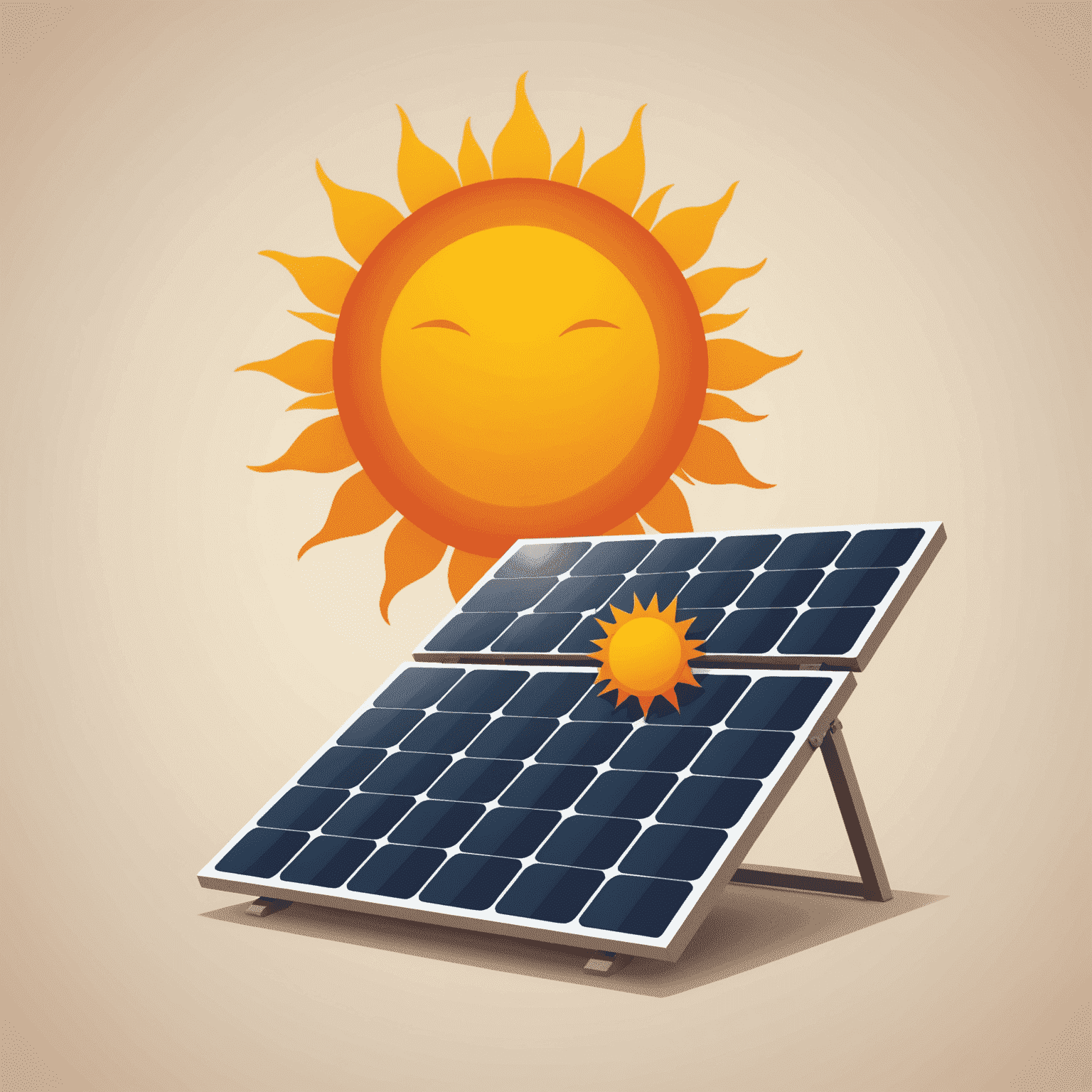Solar Myths Debunked: Separating Fact from Fiction

As solar energy becomes increasingly popular, it's important to address common misconceptions that might prevent potential customers from embracing this sustainable technology. Let's explore some prevalent solar myths and reveal the truth behind them.
Myth 1: Solar Panels Don't Work in Cold or Cloudy Climates
Contrary to popular belief, solar panels can still generate electricity in cold or cloudy weather. In fact, cooler temperatures can actually improve solar panel efficiency. While direct sunlight is ideal, modern panels can harness diffuse light on overcast days, making them viable even in regions like Canada.
Myth 2: Solar Installation is Too Expensive
While there is an upfront cost, solar panel prices have dropped significantly in recent years. Many homeowners see a return on investment within 5-10 years through energy savings. Additionally, government incentives and financing options make solar more affordable than ever.
Myth 3: Solar Panels Require Constant Maintenance
Solar panels are remarkably low-maintenance. They have no moving parts and typically only require occasional cleaning to remove dust or debris. Most systems come with warranties of 25 years or more, ensuring long-term reliability.
Myth 4: Solar Panels Will Damage My Roof
When installed correctly by professionals like those at EcoVolt, solar panels can actually protect your roof from the elements. Our expert installers use industry-leading practices to ensure the integrity of your roof is maintained or even enhanced.
Myth 5: Solar Technology is Still Experimental
Solar power is a mature and proven technology. It has been in use for decades and continues to improve in efficiency and durability. Many homes and businesses rely on solar energy as their primary power source.
Conclusion
By debunking these common myths, we hope to provide clarity on the benefits and practicality of solar energy. Solar power is a reliable, cost-effective, and environmentally friendly option for homeowners looking to reduce their energy costs and carbon footprint.